Long Memory Storage with Rigol Oscilloscopes
Some Digital scopes offer the capability of capturing waveforms in Long Memory mode. Utilising the long memory, Rigol scopes can capture complex signals in great detail over extended time periods. This allows an observer to examine high frequency effects within the captured waveform.
How to use Long Memory Mode on the DS1000D/E Series scopes?
- Enter the Acquire menu by pressing the Acquire button
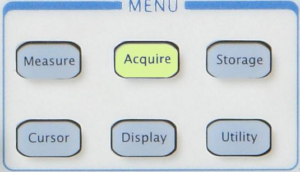
- Set the Memory Depth field to Long Memory
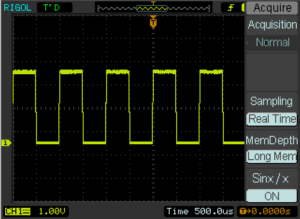 Sampling rate and Long Memory:
Sampling rate and Long Memory:
Using the DS1000E and DS1000D Series Rigol digital scopes, users can access the long memory mode to get up to 512Kpts in dual channel mode and up to 1Mpts in single channel mode. In comparison, standard memory depth for oscilloscopes range from 1000pts – 16Kpts.
This high sampling rate is a big advantage when observing signals where the application requires capturing a longer waveform, but also needs to confirm higher frequency components within the signal.
The best way to visualise these higher frequency components is to use the zoom feature. By pushing the Horizontal knob, you can enter zoom mode. In this screen shot you see a 0.5 second waveform in yellow across the top. In the lower section we have zoomed in to 10 usec/division. Since we are sampling in normal mode you can see the distance between two data points. A straight line connects data points and you can see where the signal rises between samples and is clearly being linearly interpolated. On the
DS1000D/E Series scopes this normal mode operation has 16 Kpts per wave.
Since the overall wave is set to 50 msec/div the 10 divisions across the screen make the wave 0.5 seconds. 16 Kpts spread across 0.5 seconds means there is one sample approximately every 32 usec. This is confirmed by the screen shot.
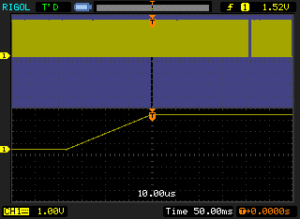
Using the method above to switch the scope to deep memory mode we can see the increased sampling rate below. In this image the increased data rate is seen by observing the real shape of the rise time. Now with the increased sampling we have 1 million points over 0.5 seconds for one sample about every 500 nsec.
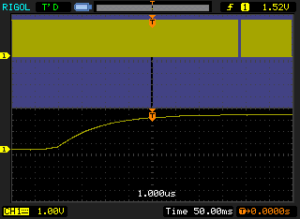
In conclusion, memory depth is an important feature to consider when selecting an oscilloscope because high frequency components can be important to the analysis, triggering, and monitoring of signals. Memory Depth combined with maximum sampling rates, waveform acquisition rates, and an oscilloscope’s display quality all impact the overall ease of capturing and analysing data with your oscilloscope.
Products Mentioned In This Article:
- DS1000E Series please see HERE























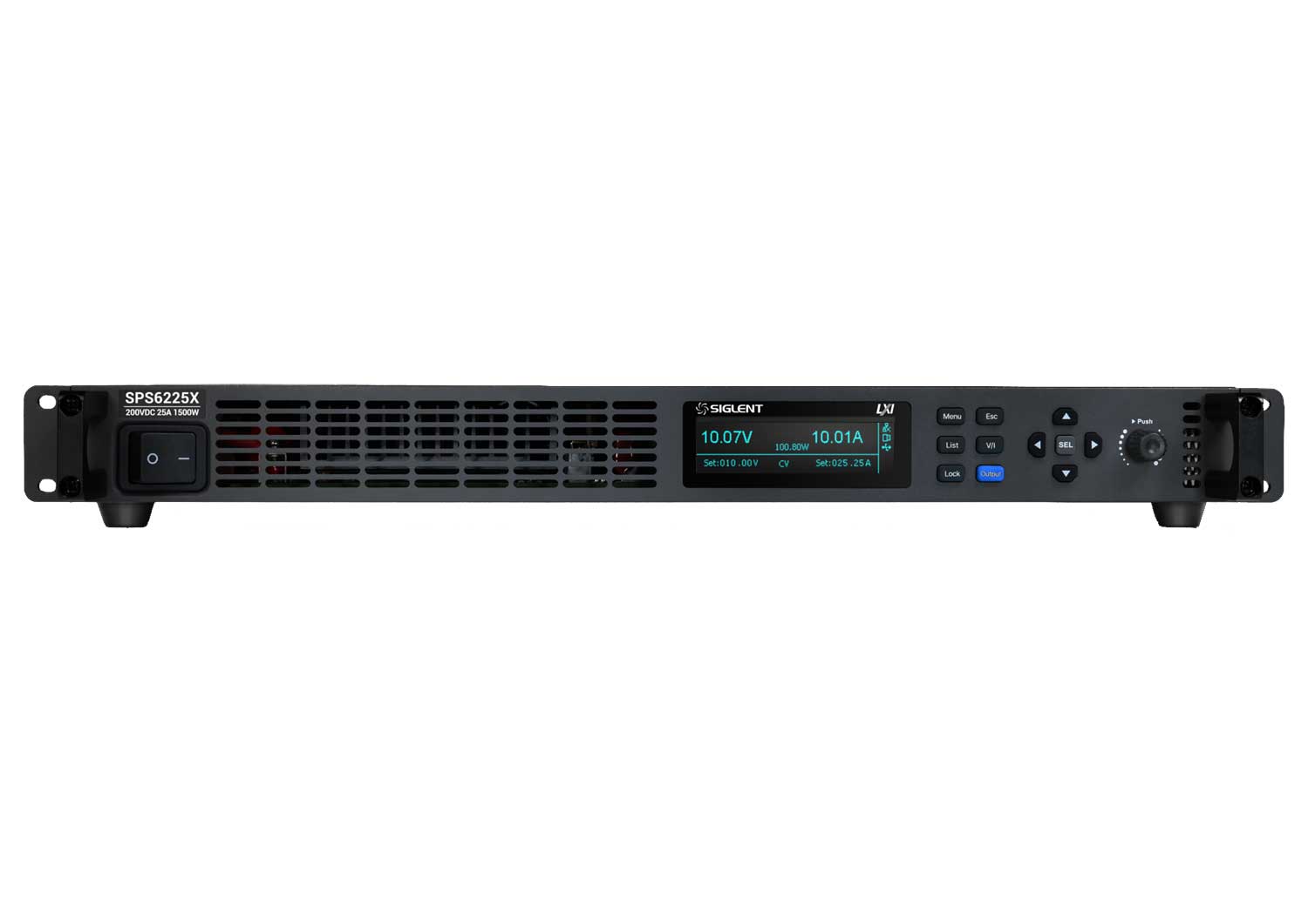




























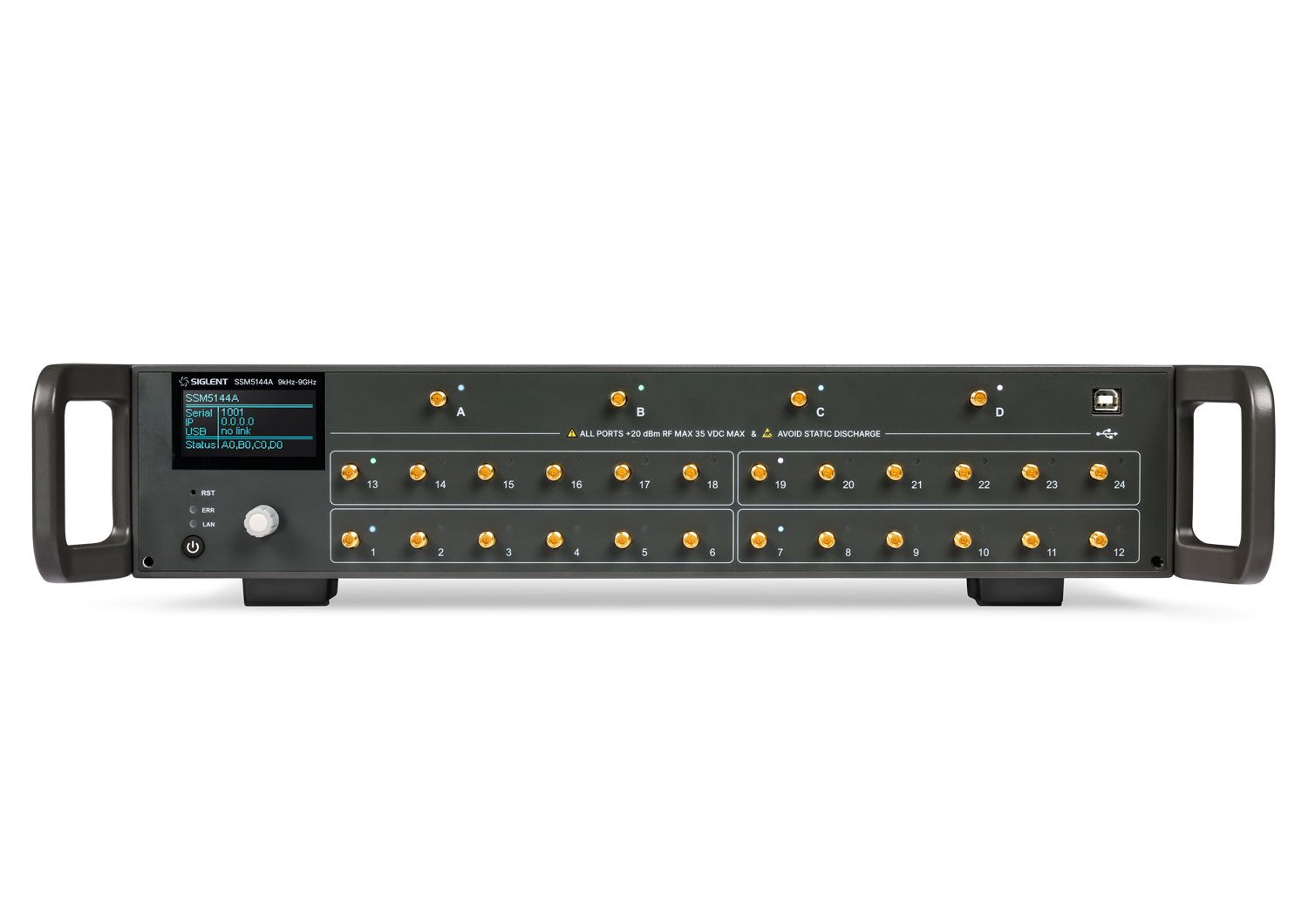











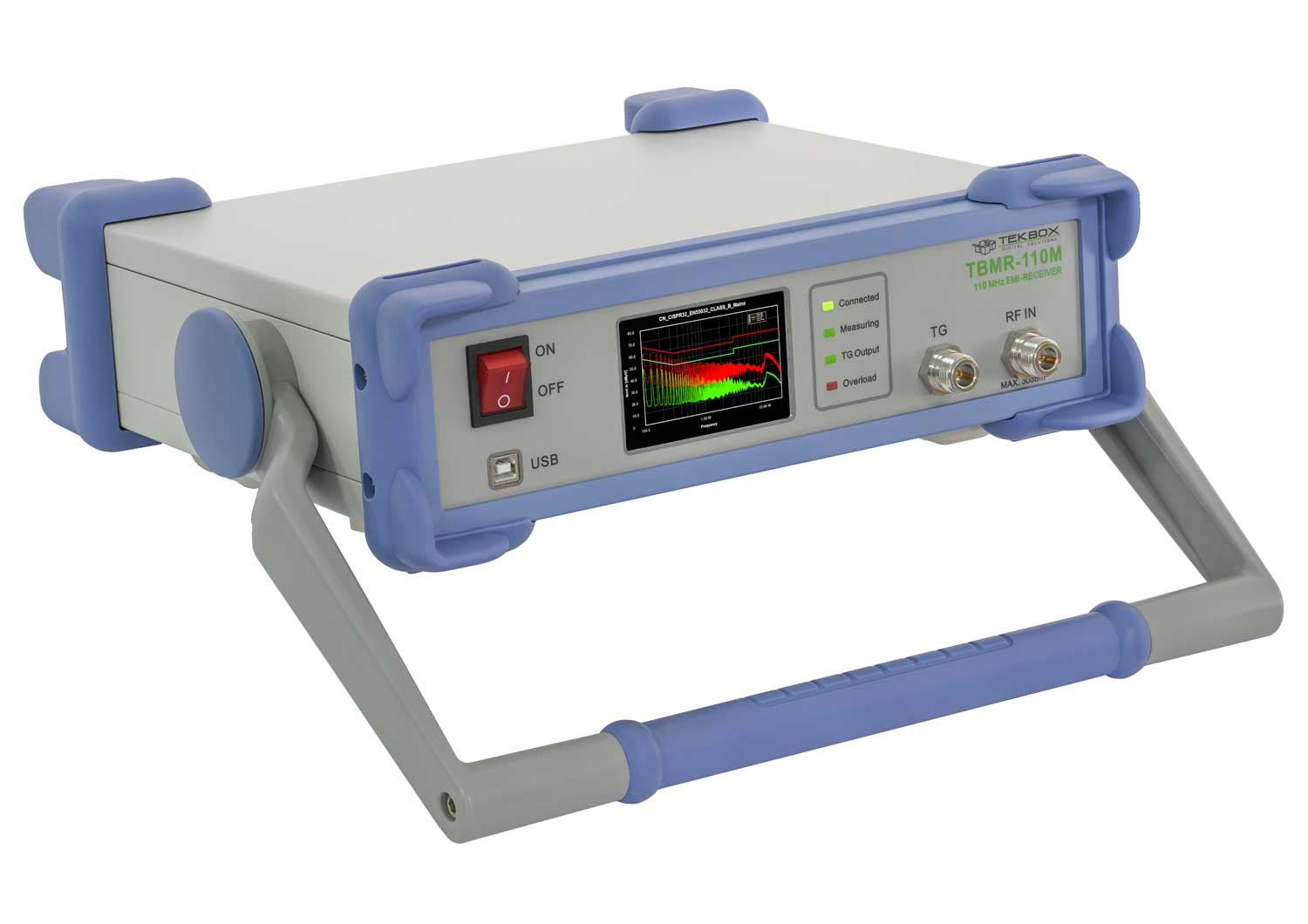


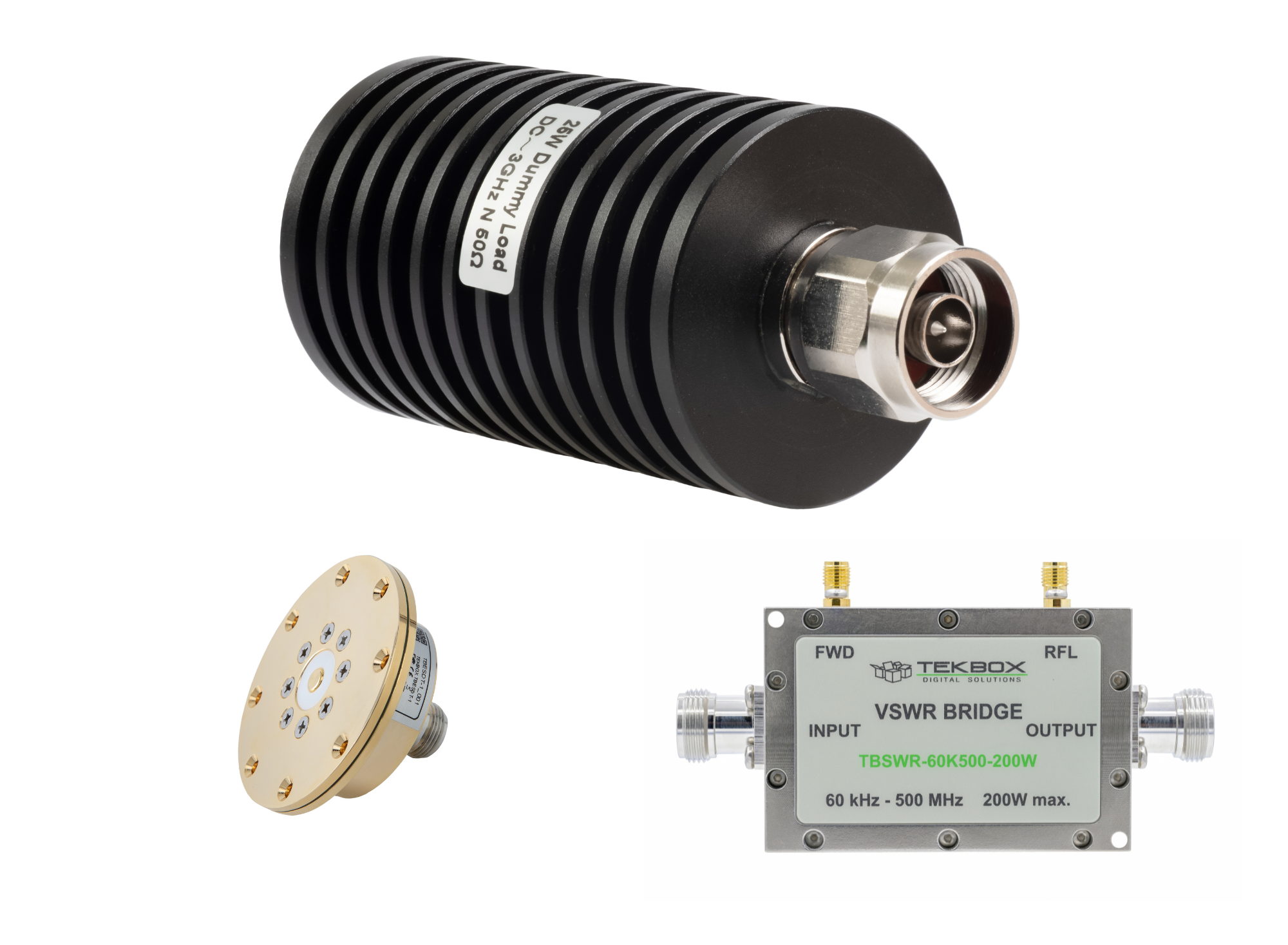

























 FREE SHIPPING £75+
FREE SHIPPING £75+
 CELEBRATING 50+ YEARS
CELEBRATING 50+ YEARS
 PRICE MATCH GUARANTEE
PRICE MATCH GUARANTEE




